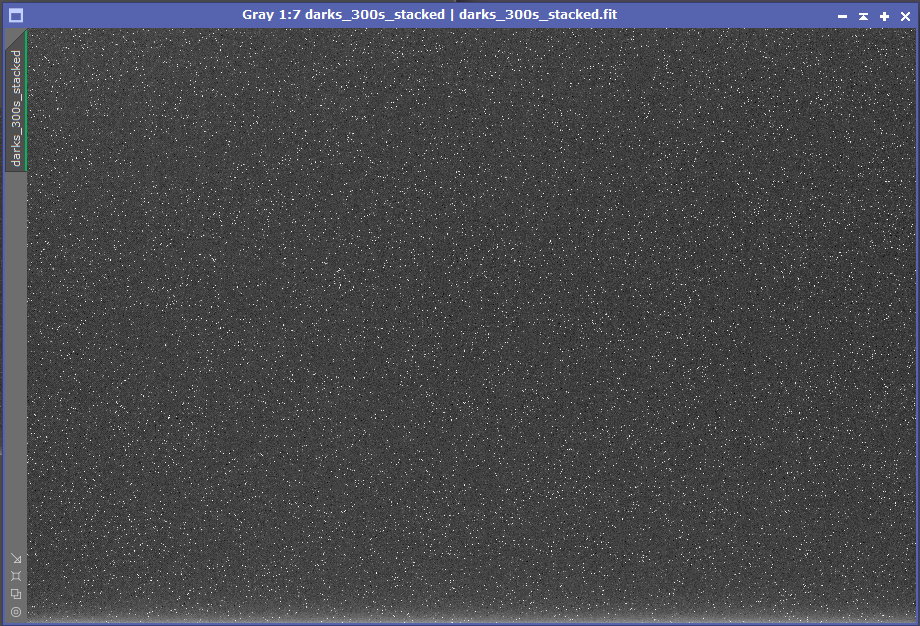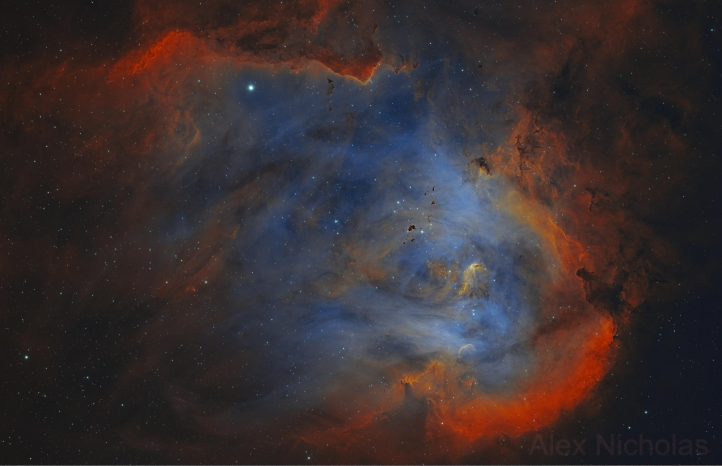Hi fellows Touptek users,
I recieved my TS-Optics Touptek 2600mm this morning, together with the filter wheel and the filters. Tonight was dedicated to camera testing. So far so good.
After initial testing, I opted for a gain value at 100, an offset value at 200, HFW off, Ultra on, HCG.
This yields
- biases with mean ADU at 202.392 after stacking, minimal value for an individual sub measured at 29.
- darks (5s at -10°) with mean ADU at 203.438 after stacking.
- So far I understand, we want precisely to have close values here, with the former being slightly lower than the latter. So far so good.
I have a small bright band at the bottom of my darks.
This is quite impressive with the STF, but one has to realize that the this correspond to an ADU increase from 203 to 212, which is really marginal. Here is the 15s master dark, with auto STF :

Here is a stacked 300s dark, where the measured ADU varies from 203 to 217.

I am not really worried. First, edges are cropped anyway. Second and most importantly, after more than two years with my 294mc pro, nothing scares you.
I would nonetheless know if you regard this as normal ?
Thanks & CS
Patrice





